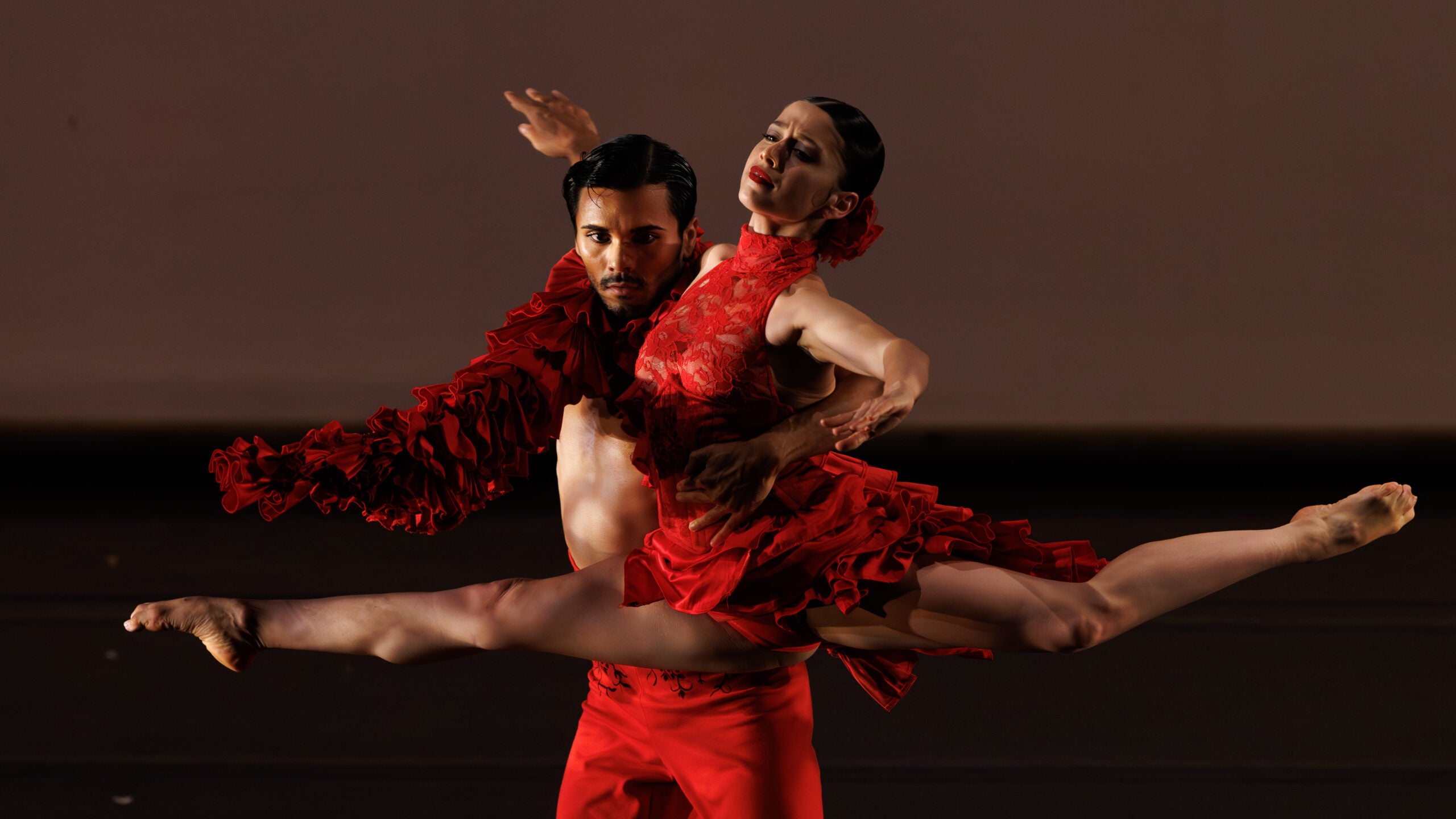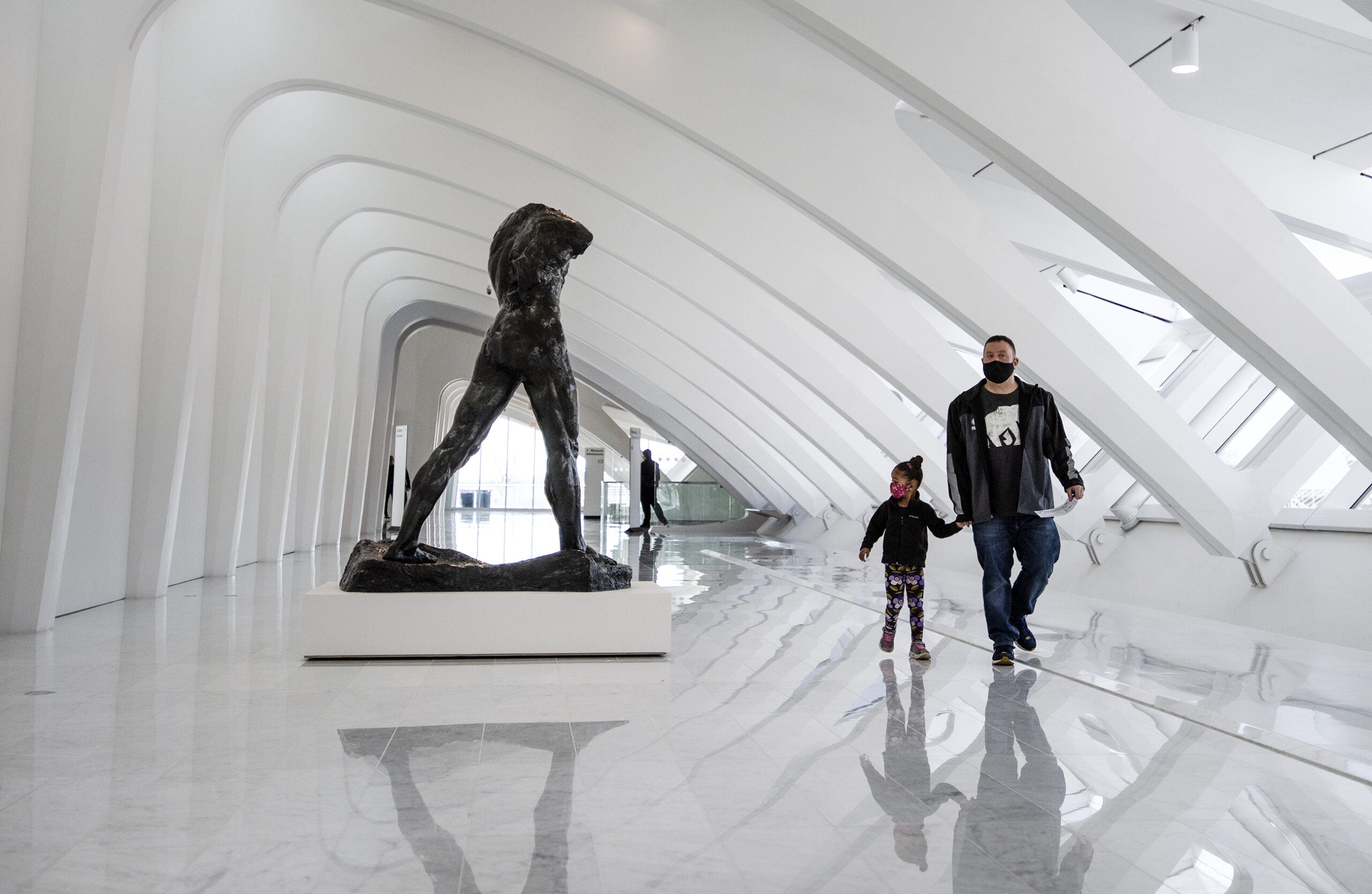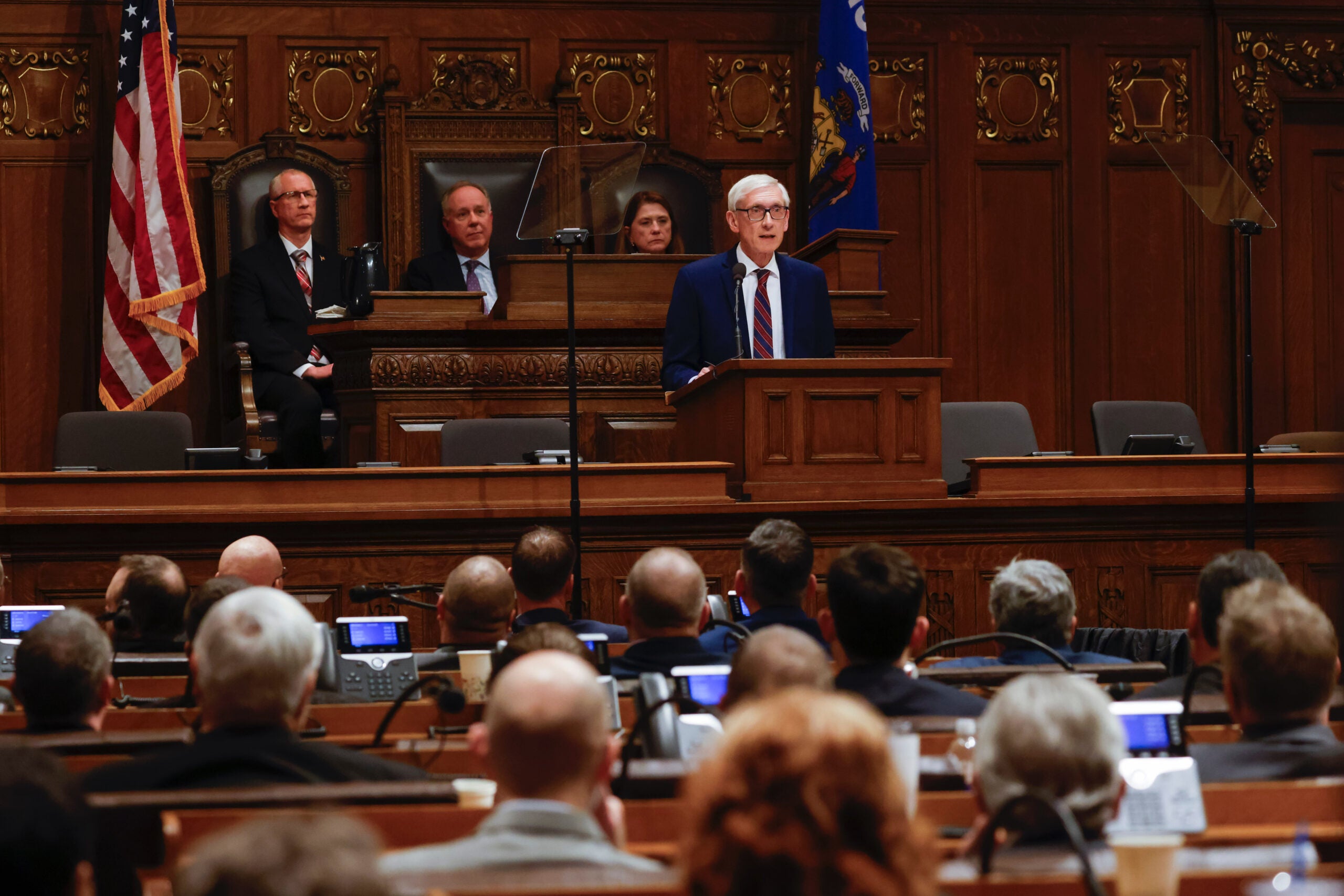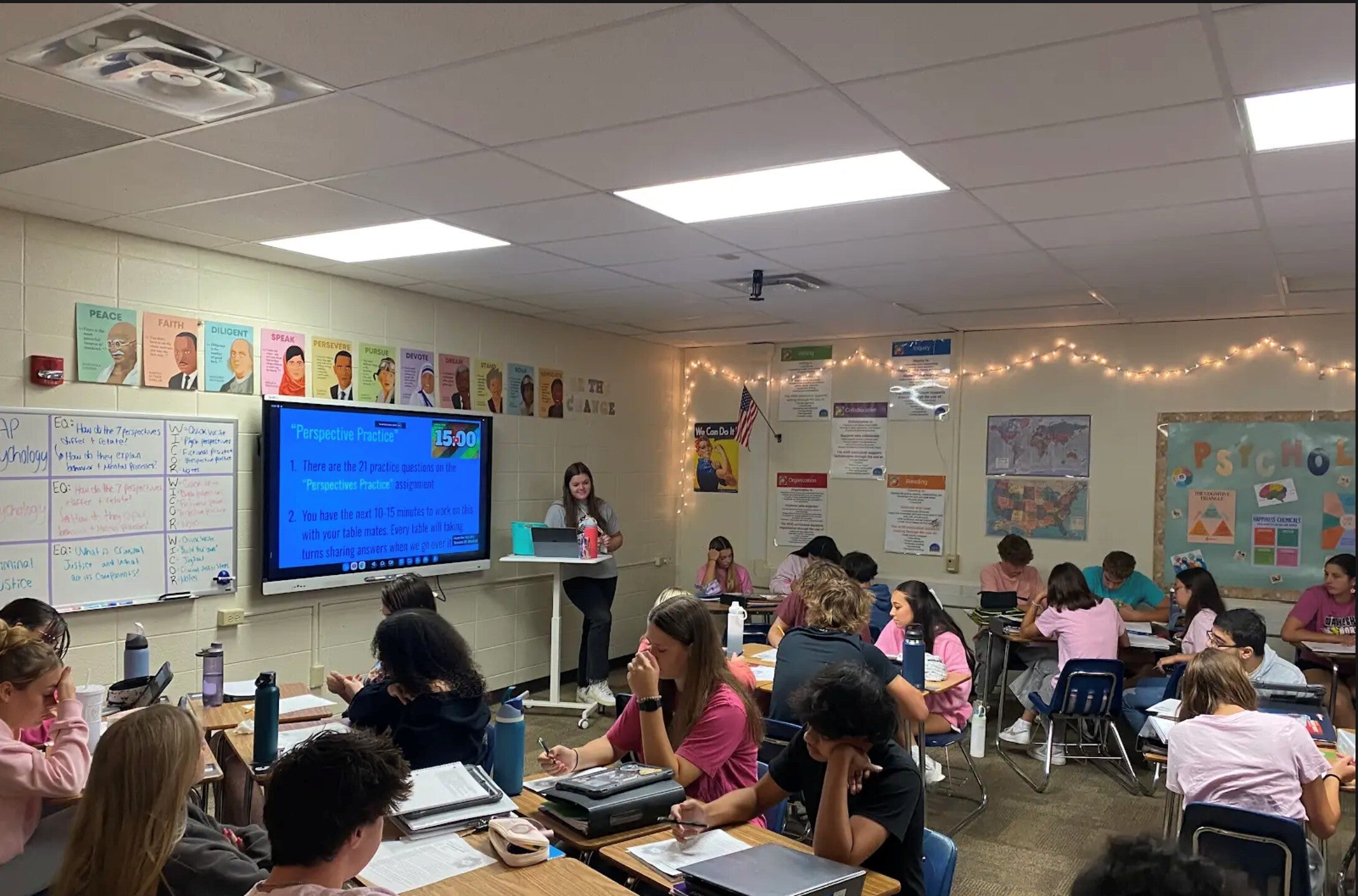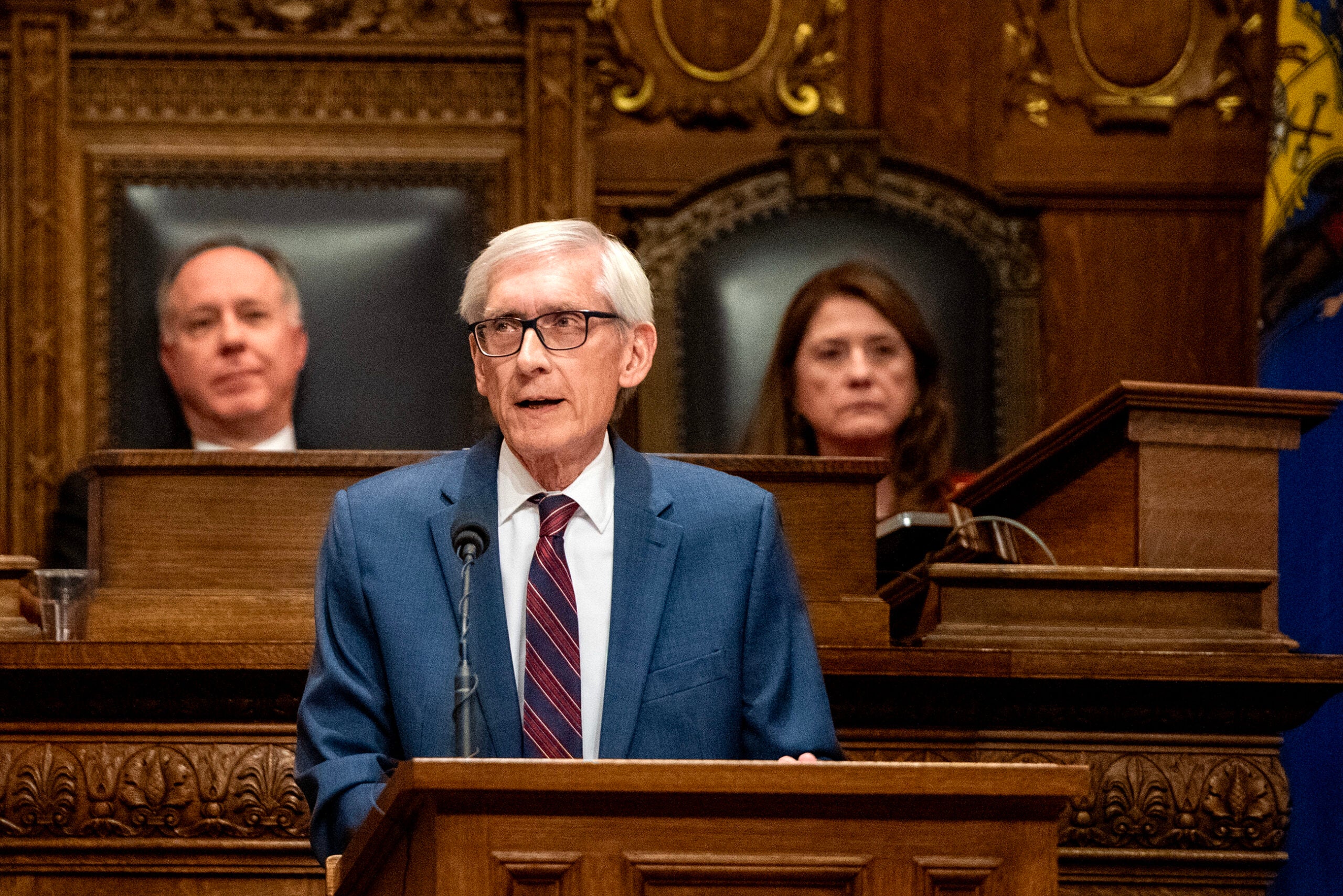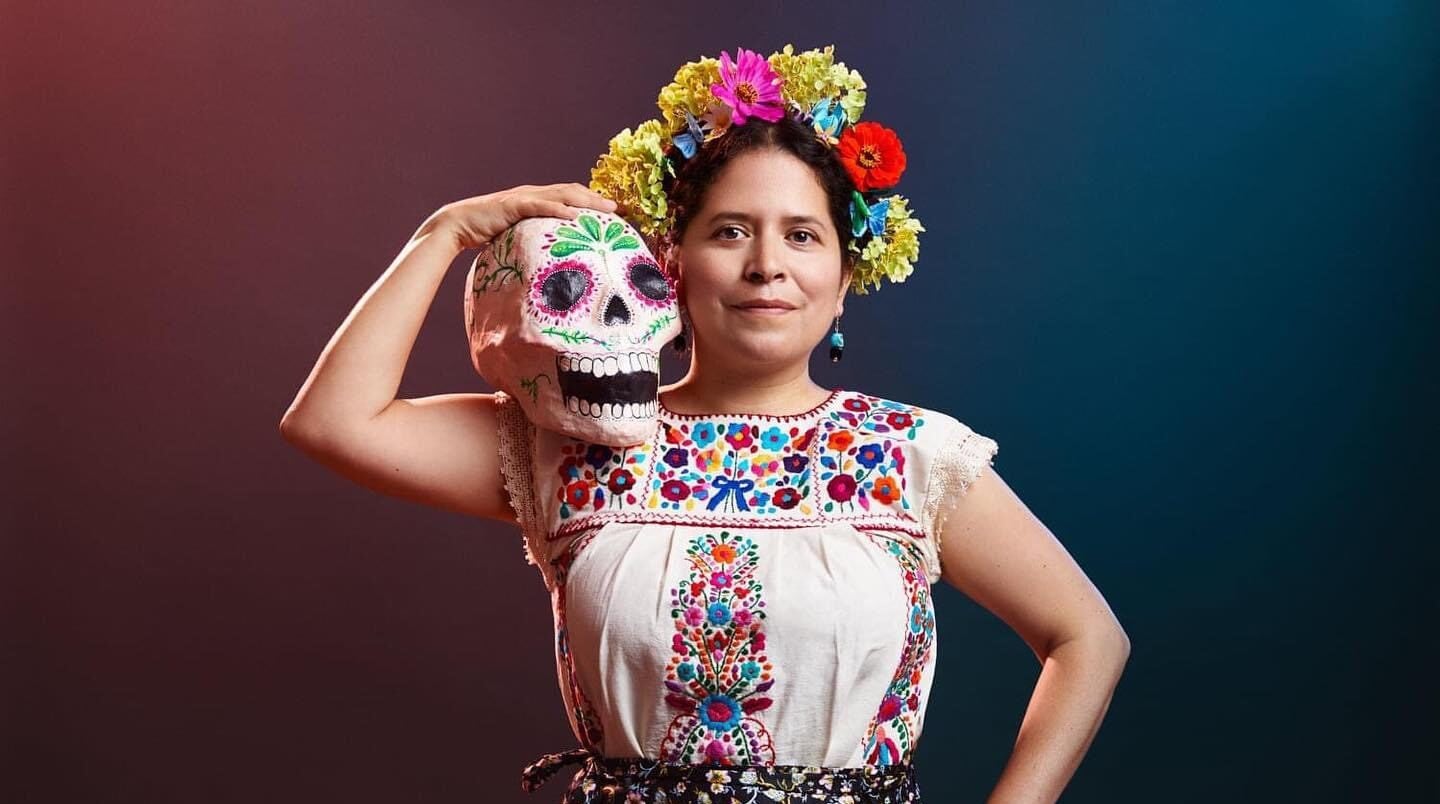Government funding for the arts has, historically, been a political football. But a new study finds that the government had a rare moment of generosity toward the entertainment sector during the pandemic.
Out of the $4.6 trillion in federal relief funds, $53 billion went to arts and entertainment, according to a new study by SMU DataArts, the National Center for Arts Research at Southern Methodist University that was commissioned by Bloomberg Associates.
The study tallied the different forms of pandemic relief funds that went to arts and entertainment under President Trump’s Coronavirus Aid, Relief and Economic Security (CARES), President Biden’s American Rescue Plan, the Paycheck Protection Program (PPP) and the Shuttered Venue Operators Grant(SVOG).
Stay informed on the latest news
Sign up for WPR’s email newsletter.
Nearly every county in the U.S. received money. The amounts ranged from a low of $555 to a high $3.5 billion.
The report includes an interactive map that allows you to visualize the flow of cash throughout the U.S. Click on a county and a sidebar appears showing relief funding three ways: overall, relative to payroll and “by the number of funding rewards in relation to the number of establishments.”
SMU DataArts director Zannie Voss says 96% of all counties received some form of relief, “It wasn’t directed just to a particular geographic region or certain kinds of arts and culture. It was much more pervasive than one might imagine.”
Unprecedented in size and speed
Dean Gladden, managing director of Alley Theatre in Houston, says he and his colleagues were “shocked” at how much funding was available for arts groups to apply for.
“We did not expect it at all because the government had never provided that type of assistance to the arts,” he says.
When Alley Theatre had to shut its doors in the spring of 2020, Gladden says they laid off three quarters of its staff. “Then when the PPP money was announced, which was just within about a couple of weeks of laying everybody off, we realized that we could bring everybody back and pay them for their time off. And we did that,” he says.
What now?
Now that the pandemic relief funds have stopped, many arts organizations are scrambling to balance their budgets. The new report says “the duration” of those funds hasn’t matched the “slower rebuild” many arts organizations are facing.
Gladden says people’s leisure time changed during the pandemic. “Streaming television has had a huge impact on the arts across the country and certainly us as well, and that’s what we’re fighting right now.” He says, while comfort shows like A Christmas Carol are back to pre-pandemic levels, ticket sales to Alley Theatre’s new plays are still down about 30%.
Unless your name is Beyoncé, Barbie or Taylor Swift, “Attendance hasn’t come back to pre-pandemic levels,” says Voss, “That’s particularly pronounced in the performing arts. There’s inflation. It’s a time of challenge and crisis as organizations try and figure out how to adjust to life given these new realities.”
Arts organizations have had to be nimble for decades, but now they’re wondering about that unprecedented level of government relief funding.
Jodee Nimerichter, executive director of the American Dance Festival in Durham, N.C., says her organization would not have survived the pandemic without the federal relief funds and for that she says she’s “incredibly grateful.” But she also hopes this will be a turning point.
“With this relief money, it’s like it was possible for the federal government to do this,” she says, “So why couldn’t this be an ongoing possibility of investment and value of arts and culture in our country?”
According to the report, the amount of money that went to nonprofit arts organizations was more than 24 years worth of government funding from the National Endowment for the Arts and Institute for Museum and Library Services combined. “That’s staggering,” says Voss.
SMU DataArts now plans to do a deeper dive into ten communities that received pandemic relief funds for arts and entertainment. “What was prioritized? What was the impact? How does this affect these local arts agencies moving forward?,” says Voss.
9(MDAyMjQ1NTA4MDEyMjU5MTk3OTdlZmMzMQ004))
© Copyright 2025 by NPR. To see more, visit https://www.npr.org.9(MDAyMjQ1NTA4MDEyMjU5MTk3OTdlZmMzMQ004))
